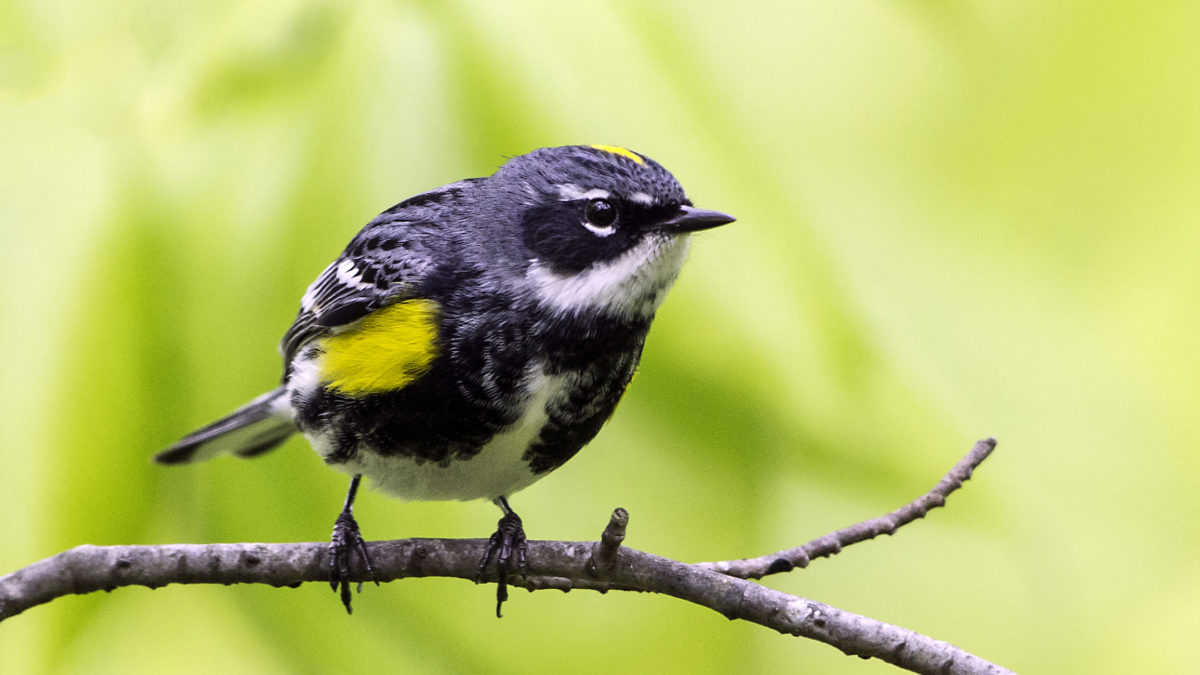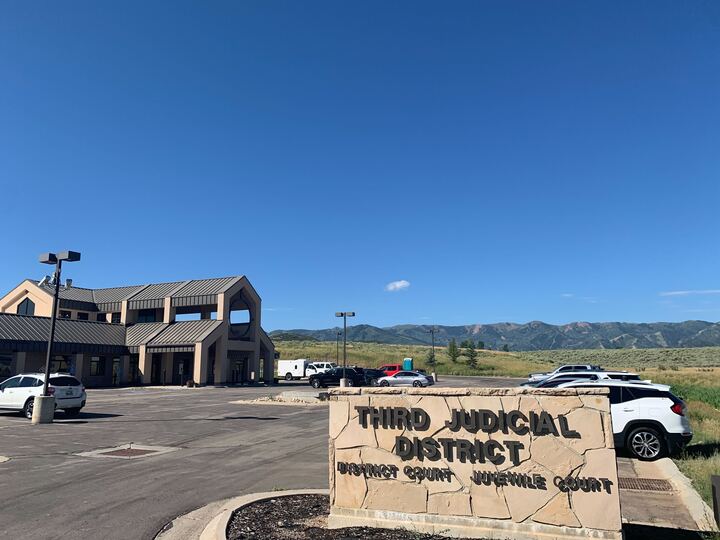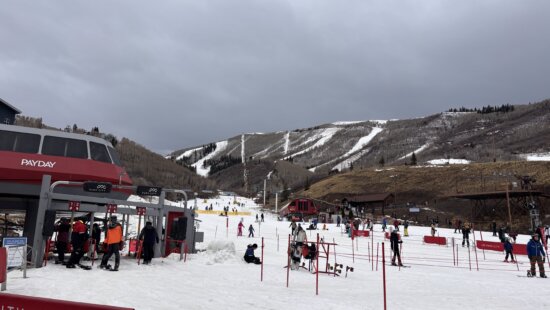Community
Celebrate World Migratory Bird Day: 3 can’t-miss Utah festivals and bird-watching hotspots

Yellow-rumped warblers are among the birds you might see at the Great Salt Lake Bird Festival. Photo: Utah Division of Wildlife Resources
SALT LAKE CITY, UT — Spring bird migrations are peaking across Utah, and the Utah Division of Wildlife Resources is urging residents and visitors to celebrate World Migratory Bird Day on May 10 and to explore the state’s prime bird-watching spots throughout the season.
World Migratory Bird Day celebrates nearly 350 species moving between North America and wintering grounds in Latin America, Mexico and the Caribbean. Utah’s varied wetlands, deserts and mountain reservoirs make the state a critical stopover, the Utah Division of Wildlife Resources says, and spring offers some of the year’s best chances to see that spectacle up close.
Four public events
910 Ranch Bird Walk – May 10, 7 – 9 a.m.
Bird-watchers will be able to greet the spring migration during a guided walk on May 10 at the 910 Ranch. Volunteer ambassadors will lead the two-hour outing from 7 to 9 a.m., helping participants identify both migrants and year-round residents by sight and song, with support from the Merlin Bird ID app. Organizers say binoculars will be available to borrow, and beginners are welcome. Attendance is capped at 15 people, and registration is required. Location details will be provided to those who sign up.
Eccles Wildlife Education Center, Farmington — May 10, 11 a.m.–2 p.m.
The DWR will mark World Migratory Bird Day with family activities, crafts and guided viewing along the wetlands trails at the George S. and Dolores Doré Eccles Wildlife Education Center, 1157 S. Waterfowl Way. Nearly 330 species pass through Farmington Bay each spring and fall. Binoculars will be available, and advance registration is requested on Eventbrite, the DWR said.
Bureau of Land Management celebration, Lehi — May 10, 7 a.m.–noon
At Northlake Park, 500 W. 2000 South, the BLM will host a bird-watching tour with the Great Salt Lake Audubon Society, followed by children’s activities and advice for homeowners on bird-friendly landscaping. The DWR will staff an informational booth highlighting Utah conservation programs and citizen-science projects.
Great Salt Lake Bird Festival — May 15-18
The 27th annual festival, presented by Davis County, will offer field trips—several led by DWR biologists—workshops, a vendor fair and other activities at sites around the Wasatch Front. Many excursions will visit DWR waterfowl management areas, providing close looks at migrating shorebirds and raptors.
Where to watch birds this spring
Early mornings between 6 and 9 a.m. are best for spotting vocal, active birds, the DWR advises. Binoculars and a reliable identification guide—print or online—are recommended.
Northern Utah: Bear River Migratory Bird Refuge offers a 12-mile auto loop; Antelope Island State Park draws numerous Great Salt Lake shorebirds and burrowing owls; common loons frequent East Canyon, Hyrum, Echo and Pineview reservoirs.
Central Utah: Fish Springs National Wildlife Refuge remains a premier site, according to the DWR. Utah Lake State Park and the Provo Airport dike host migrating waterfowl, while river corridors such as the Provo River Trail and Jordan River Trail support songbirds.
Northeastern Utah: A 9-mile auto route at Ouray National Wildlife Refuge showcases diverse habitats. Pelican Lake and Red Canyon Overlook near Flaming Gorge offer waterfowl and high-elevation species, and common loons stop at Big Sandwash, Matt Warner, Red Fleet and Steinaker reservoirs, the DWR reports.
Southeastern Utah: Mill Creek near Moab, Desert Lake Waterfowl Management Area and the Scott and Norma Matheson Wetlands Preserve—accessible through an alternate entrance because of flood closures—provide reliable migration viewing.
Southern Utah: Lytle Nature Preserve, Tonaquint Nature Center, Quail Creek State Park, Sand Hollow State Park and Jackson Flat Reservoir in Kanab round out the DWR’s spring list.
For residents who prefer backyard birding, the agency offers feeder and habitat tips on its website.



















